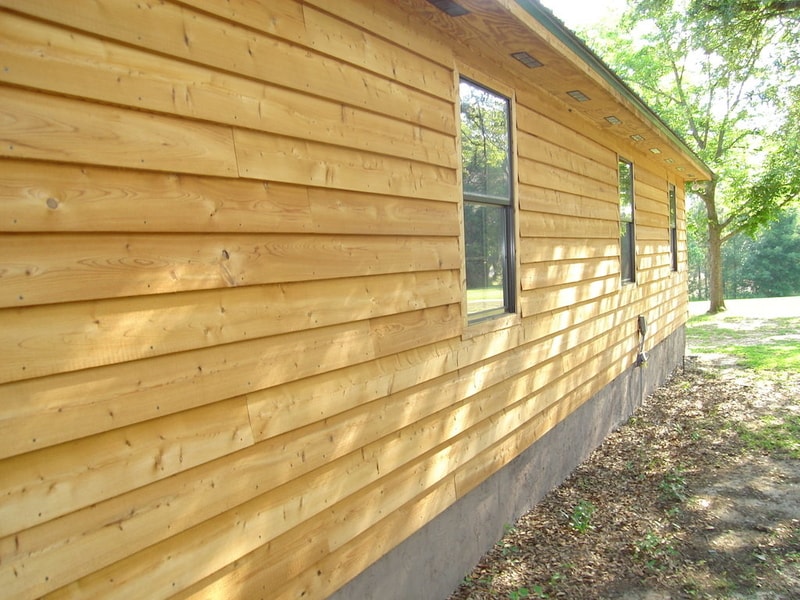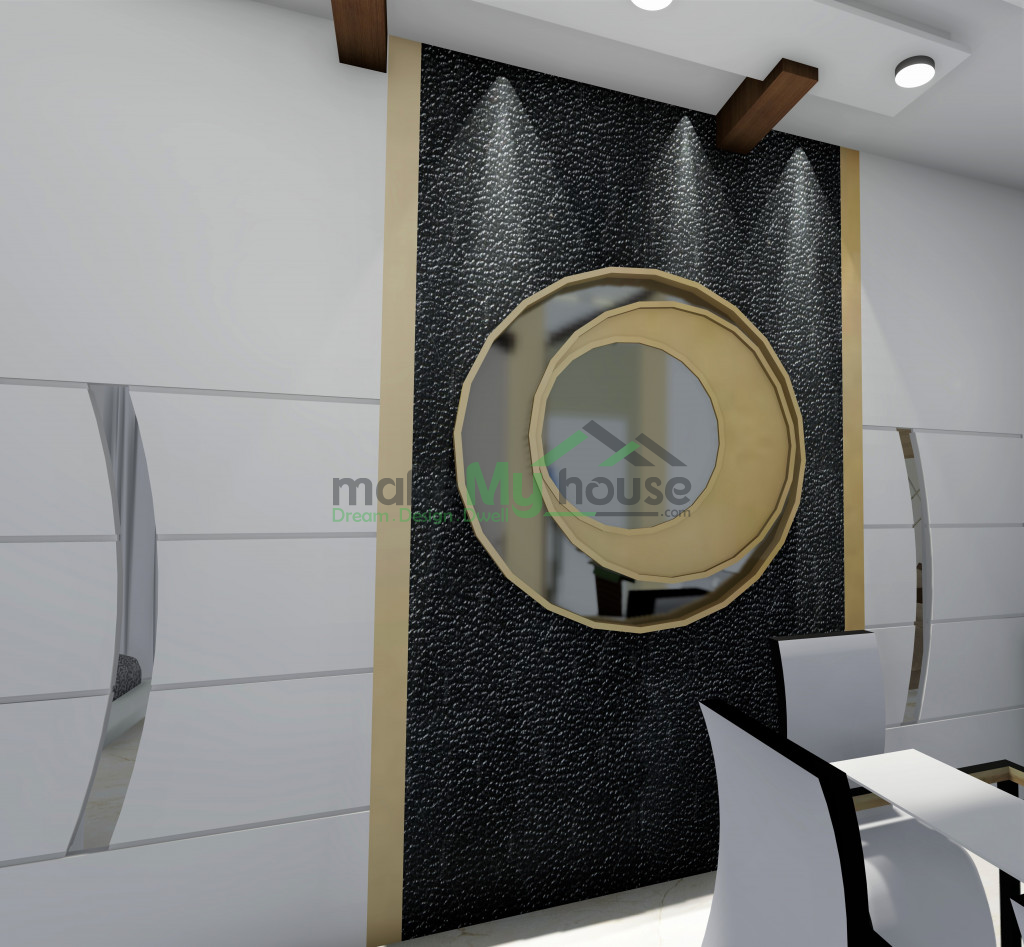Table Of Content

Some manufacturers offer touch-up kits to cover nail heads and minor damage such as cuts, scrapes and small holes in this type of siding. You can repair small cracks and dents with a cement-based patching product labeled as compatible with fiber cement. Large, damaged areas may require removal and replacement of the damaged panel. Repairing broken or melted siding usually requires replacing the affected panels. A vinyl unlocking tool, also known as a zip-lock tool, lets you easily separate and attach adjacent vinyl panels.
Engineered Wood
Cypress siding: It's what the pros choose - LubbockOnline.com
Cypress siding: It's what the pros choose.
Posted: Wed, 12 Jul 2017 07:00:00 GMT [source]
However, this option can hold up to major temperature shifts, as well as mold, mildew, and impact without damage. In addition to being easy to cut, it is also easy to install and has an even grain that receives finish exceptionally well. While it is generally more common to paint fir, the grain can still look great when stained. Redwood is considered to be one of the most durable and popular wood siding choices. It is very commonly seen used for various indoor and outdoor applications. Redwood is easily distinguishable by its texture and rich tone.
Ejoy 93 in. x 6 in x 0.8 in. Wood Solid Wall Cladding Siding Board in Oak Brown Color (Set of 3-piece)
Why Are We Still So Obsessed With Wood Shingles? - Architectural Digest
Why Are We Still So Obsessed With Wood Shingles?.
Posted: Thu, 16 Mar 2023 07:00:00 GMT [source]
Natural wood siding with an exterior-grade panel is suitable for long-term exposure to weather and can withstand repeated wetting and drying. Some companies offer pre-primed planks, shakes, and shingles. These boards come primed on one or both faces, and are sealed and protected from the minute they arrive on site.
16 in. x 8 in. x 144 in. Wood Cedar Bevel Siding (6-piece per Bundle)
Unlike redwood and cedar, this softwood will absorb moisture and warp. One popular application of board-and-batten siding is to use varying widths of boards and battens to create different patterns. Bevel (also called clapboard or lap) siding is one of the oldest forms of exterior home siding. Boards are resawed at an angle to create two pieces that are thicker on one edge than on the other.
Popular House Siding Options
Since the wood possesses very little resin, it accepts stain and other finishes effortlessly. Painting vinyl siding is possible with the right preparation, paint and technique. If you decide to paint your siding, select an exterior latex paint labeled for use on vinyl siding. Keep in mind that darker shades absorb more heat, which can warp the siding. If the surface is pitted or damaged, you may need to apply a vinyl-safe primer.
House Styles and Types All Homeowners (and Home Buyers) Should Know About
For instance, if home maintenance is not your thing, choose a wood alternative like fiber cement or combine wood siding with stone veneer. Western red cedar blends naturally with homes in wooded areas and is popular in northeast coastal regions. It has a natural red hue, which few people choose to cover with paint, even though it weathers to a silvery grey. It's durable, insect- and rot-resistant, and available in different styles like shakes or lap.
The selection of James Hardie board colors gives you many choices for the look of your home siding. Engineered wood siding is made with wood castoffs, such as sawdust, and bonding agents. It's a stronger, lightweight, and less expensive house siding option than natural wood. Engineered wood comes in an array of typical wood siding styles. It does need paint for weatherproofing purposes, but factory-applied finishes are available. If installed correctly and maintained, the standard life expectancy for this house siding option is about years.
This durability makes our Ply-Bead panels ideal for use in ceilings, walls and wainscoting. See them shine in high-traffic areas like bonus rooms, finished basements, playrooms, exercise rooms, bathrooms and laundry rooms. They're also great for weather-protected areas like garages, porch ceilings and soffits. It is ideal for siding applications from new home construction, utility buildings, planters, dog houses and other remodeling or do-it-yourself-projects. Plywood siding features a rough-sawn textured face for a beautiful rustic appearance.

Maintenance of cedar siding is relatively simple, as with redwood. It requires annual power-washing and renewal of stain or paint every 3 years, or as needed. The individual shakes can be purchased in 16, 18, or 24-inch lengths. They are attached to the sheathing, starting at the bottom of the wall.
Depending on the installation location, you may also need building paper or house wrap. If you choose to repair damaged siding yourself, you may be able to cut away the affected area and size a replacement piece to fit. When making repairs to wood siding, properly seal the replacement siding and any joints as needed.
Different types of siding respond differently to hot and cold temperatures, wind, and other elements over time. For a two-story home, you can expect to spend between $14,000 and $23,000 for wood cladding installation. Adding accents of shakes or shingles will push the final cost to the high end of that range. Many species of wood is vulnerable to insects, and most of them are vulnerable to water damage if not properly sealed and treated.
The average cost to side the average home with cedar is $11,377 to $20,699, not counting the trim, depending on the type of wood and its finish. Granite, limestone, slate, and other types of stone are beautiful and nearly impervious to the weather. In addition, because stone is a natural material, stone siding is environmentally friendly and has long-lasting advantages.
This style requires the same level of maintenance as any other wood siding, including regular cleaning, power washing, painting, and sealing. The only exception to this is the lap siding boards that have grooves inset. In this case, there is only one way to install and the overlap is predetermined. The ease of installation varies for each type of house siding. Vinyl and wood siding are lightweight, and the installation process is straightforward. Although it looks authentic, stone veneer is made from Portland cement, other natural materials called aggregates, and pigment.
Shake and shingle siding requires periodic maintenance, including painting and caulking, to prevent weather damage. It's the least expensive of all siding materials to install, and the costs can be dramatically cut if you can do the work. This house siding option must be installed on flat surfaces, so the wall must be lined with 1/2-inch-thick sheets of rigid foam board to provide a nailing surface. No matter what type and species of wood siding you choose, it will last longer and look better with a protective finish. Paint or solid color stain provides the best protection from weather and UV damage.
The wood must be sawed with the natural bark still attached. These planks must be dried before installation so that shrinkage does not cause failure of the siding. Also known as bevel or clapboard siding, lap siding is a traditional style of cladding going back to the early days of the U.S.
There are different types of engineered siding to choose from. Clapboards made from wood flakes and resin (similar to the composition of oriented strand board) come with a factory-applied primer in 16ft. Plywood “T1-11” panels come in 4×8 size, and can be installed directly over wood framing, eliminating the need for exterior sheathing. These plywood panels typically have a roughsawn channel-rustic exterior surface, and lapped edges that hide seams between panels. Shakes are machine- or hand-sawn from wooden blocks called bolts. Shakes are thicker than shingles and less uniform in appearance and thickness, but they last longer.

No comments:
Post a Comment